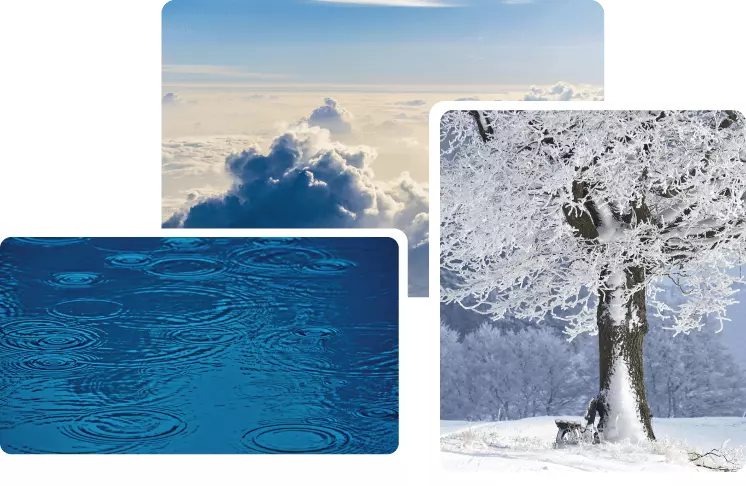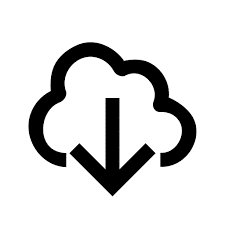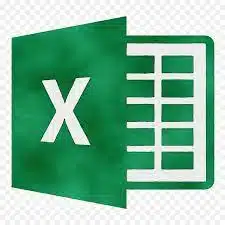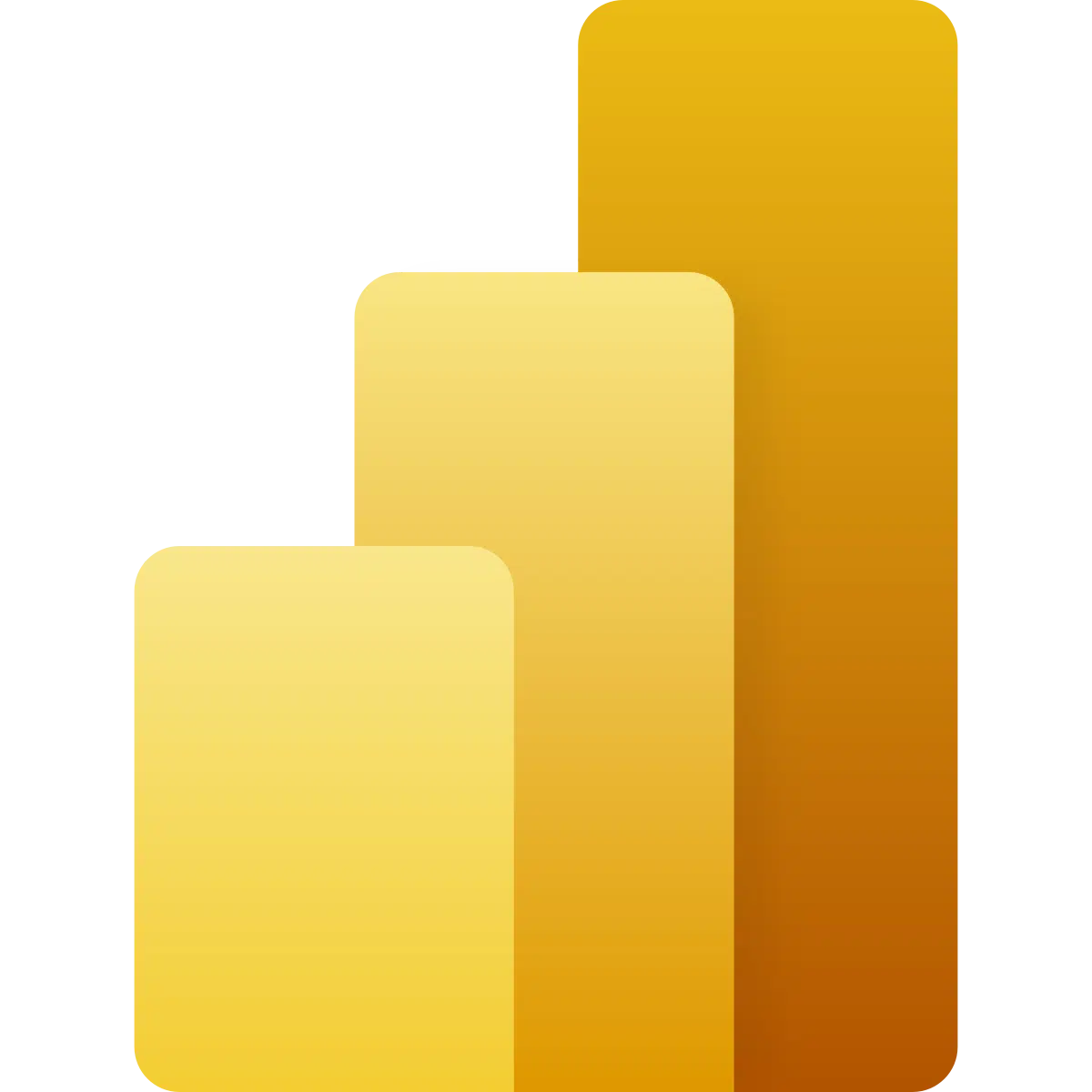Weather Data
Historical Weather Data & Weather Forecast Data
Top searches
Download data by zip code, postcode or address now

Find weather data for any application

The most accurate and affordable weather data
If you are searching for the perfect option for accurate and affordable weather data for any business or personal project, Visual Crossing Weather is the ideal solution. In addition, all users have access to full 15-day, worldwide weather forecasts and ultra long-range forecasting using statistical climate modeling.
Beyond common weather measures such as rain and wind or severe weather, powerful functionality such as solar radiation, degree days, and weather alerts are available. All of this is accessible via our web-based data explorer page and the easy-to-use Weather Timeline API.
Key Resources

Historical Data

Weather Forecasts

Documentation

Forums & Support

Query Builder

How-tos & Guides
Solve your business weather data challenges

Retail Marketing

Industry & weather

Construction

Insurance Claims

Shipping & Delivery

Access to global historical weather & forecast data
The Visual Crossing global weather database provides easy access to decades of national and global weather data, model-based 15-day forecasts, and long-range weather patterns based on statistical climate modeling. This allows our weather engine to quickly and easily provide the weather data that you need for any project worldwide.
Our engine processes billions of hourly and sub-hourly weather observations from more than one hundred thousand worldwide observation stations, including satellite and maritime sources to create our global weather observation database. Every report is analyzed for errors, missing information, and other anomalies to ensure that the most complete and accurate reports are retained.
The weather engine then aggregates and interpolates from these records to create the most accurate report for any place at any time in the past 50 years. This enables you to view historical reports at whatever locations and resolutions you need to satisfy any project. Whether you need historical weather data by ZIP Code or climate data by address, our vast archive has the data that you seek. As a response to a single query, our engine can combine hundreds of local weather station records to produce a single, coherent weather report for anywhere in the world.
Our 15-day forecast is created using detailed forecast models from leading weather services such as NOAA and the DWD. This ensures global coverage in every city and address your project may need. Our weather forecasts offer hourly detail and daily summaries for a full 15-days. For projects that need even longer-range forecasts, our climate-based forecasts provide weather norms and patterns for any day of the year.
Despite this power, Visual Crossing Weather is the easiest-to-use and most accessible service available, with both free and paid options. Access is available through our web-based data explorer page, data science integrations, and Weather API. How-to articles, videos, and code samples are available for many business and analytical tools as well as most programming languages.




